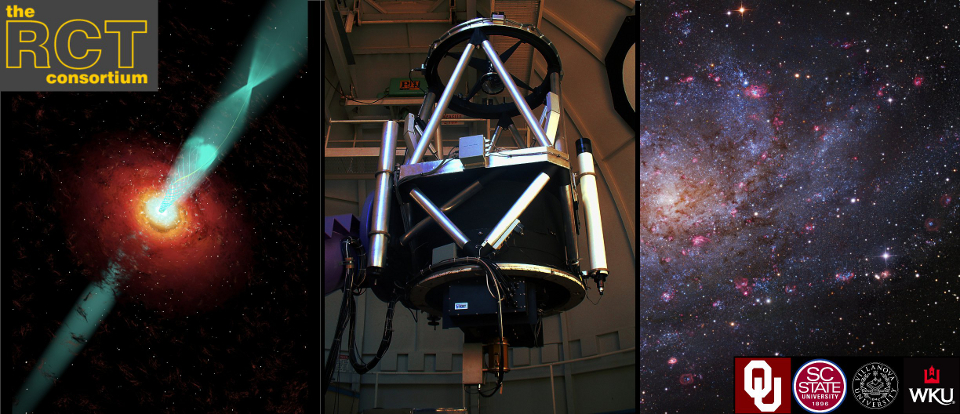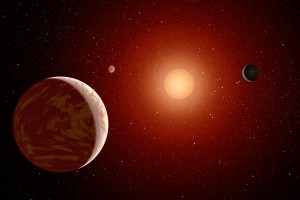Red dwarfs (dwarf M stars) are by far the most numerous stars in our Galaxy, comprising more than 75% of all stars. These diminutive low mass stars have very slow nuclear fusion rates and thus very long lifetimes.Because of their long stable lifetimes, it is possible that planets
hosted by older dM stars could harbor life.
But to assess this possibility on planets in the ‘Habitable Zone’ orbiting a red
dwarf, we need to characterize the radiative environments these planets would be
subject to as the host star evolves. This will tell us what the likelihood is that complex
molecules can form, and whether life can evolve and have reasonable chance of
survival.
RCT research in the LWARD program is focused on monitoring the brightness of
red dwarfs of known age, and determining their rotation periods. For this purpose
the queue scheduling and routine monitoring capabilities of the RCT are extremely
useful in building up time series that can help calibrate an age-rotation relation.

